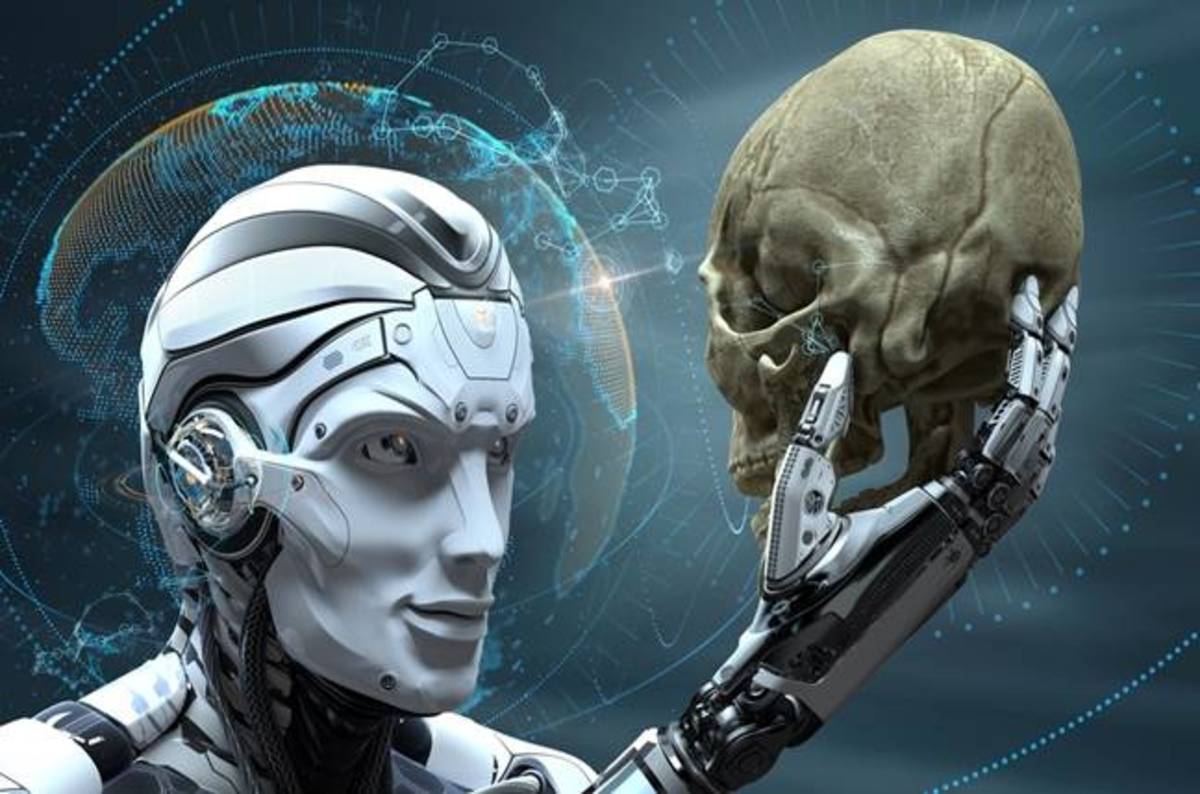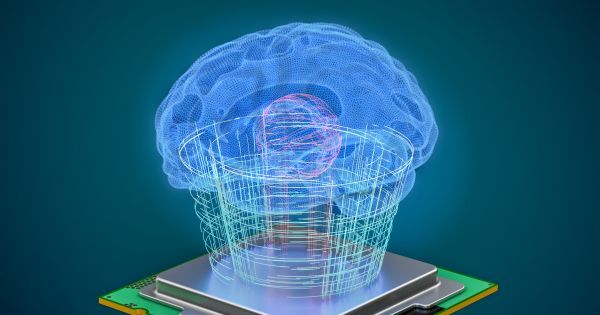Amazing comparison of the size of the universe.
Translated.
Amazing comparison of the size of the universe.
Translated.
A new biotech company co-founded by CRISPR pioneer Jennifer Doudna is developing a device that uses CRISPR to detect all kinds of diseases like malaria, tuberculosis, and Zika. The tech is still just in prototype phase, but research in the field is showing promising results. These CRISPR-based diagnostic tools have the potential to revolutionize how we test for diseases in the hospital, or even at home.
Called Mammoth Biosciences, the company is working on a credit card-sized paper test and smartphone app combo for disease detection. But the applications extend beyond that: The same technology could be used in agriculture, to determine what’s making animals sick or what sorts of microbes are found in soil, or even in the oil and gas industry, to detect corrosive microbes in pipelines, says Trevor Martin, the CEO of Mammoth Biosciences, who holds a PhD in biology from Stanford University. The company is focusing on human health applications first, however.
The European Space Agency (ESA) has taken a “galactic census” of the Milky Way, unveiling the second major data release from the Gaia mission. Along with some stars further afield, the data release provides the most detailed map of our home galaxy, which includes position, distance and motion data of nearly 1.7 billion stars, as well as the orbits and positions of thousands of asteroids.
The Gaia spacecraft began scanning the sky in 2014, and in September 2016 the first data release was published based on 14 months of observations. It contained position and brightness data of 1.1 billion stars, as well as the distance and motion data of two million of those stars.
This second data release has expanded the scope dramatically. Using half a million bright, distant quasars as a kind of celestial reference frame, Gaia was able to determine the coordinates of close to 1.7 billion stars, and catalogued the motion of 1.3 billion stars. The latter group includes the velocity and parallax motion – the apparent shift of the stars in the sky caused by the Earth’s orbit – and allows researchers to separate their actual movements from those caused by our moving vantage point.


Critical infrastructure, entertainment, finance, healthcare, telecoms, among recent targets of the Lazarus Group, aka Hidden Cobra.
On the eve of a historic summit with its rival neighbor South Korea and possible subsequent talks with the US President Donald Trump in the coming weeks, North Korea continues full-steam ahead in its mission to gather intelligence and generate income for the regime via its notorious nation-state hacking machine.
North Korea’s pervasive Lazarus Group, aka Hidden Cobra, was recently discovered ramping up a global cyber espionage campaign dubbed Operation GhostSecret, stealing information from organizations in the critical infrastructure, entertainment, finance, healthcare, and telecommunications sectors. Researchers from McAfee unearthed the wave of attacks, which they say first started with targeted hacks of banks in Turkey last month.
This tech might be able to recreate your consciousness in a computer. The only catch? You have to die.

Think Java code-completion on steriods
Code boffins at Rice University in Texas have developed a system called Bayou to partially automate the writing of Java code with the help of deep-learning algorithms and training data sampled from GitHub.

Cloud-based, AI-powered location technology is creating the highly accurate and always up-to-date maps that can revolutionize everything from autonomous cars to connected cities. To learn more about the application of data-enriched mapping to industries from retail to automotive, manufacturing, transportation and city planning, don’t miss this VB Live event!
Location is at the heart of everything: it’s the nexus between a device or an individual and the environment they interact with, and it can become the foundation of a smarter society. Location data is powered by cloud capabilities: global maps, traffic information and hundreds of millions of connected devices brought together to create the most up-to-date maps and power the “The Location of Things.”

Tired of writing your own boring code for new software? Finally, there’s an AI that can do it for you.
BAYOU is an deep learning tool that basically works like a search engine for coding: tell it what sort of program you want to create with a couple of keywords, and it will spit out java code that will do what you’re looking for, based on its best guess.
The tool was developed by a team of computer scientists from Rice University who received funding both from the military and Google. In a study published earlier this month on the preprint server arXiv, they describe how they built BAYOU and what sorts of problems it can help programmers solve.
